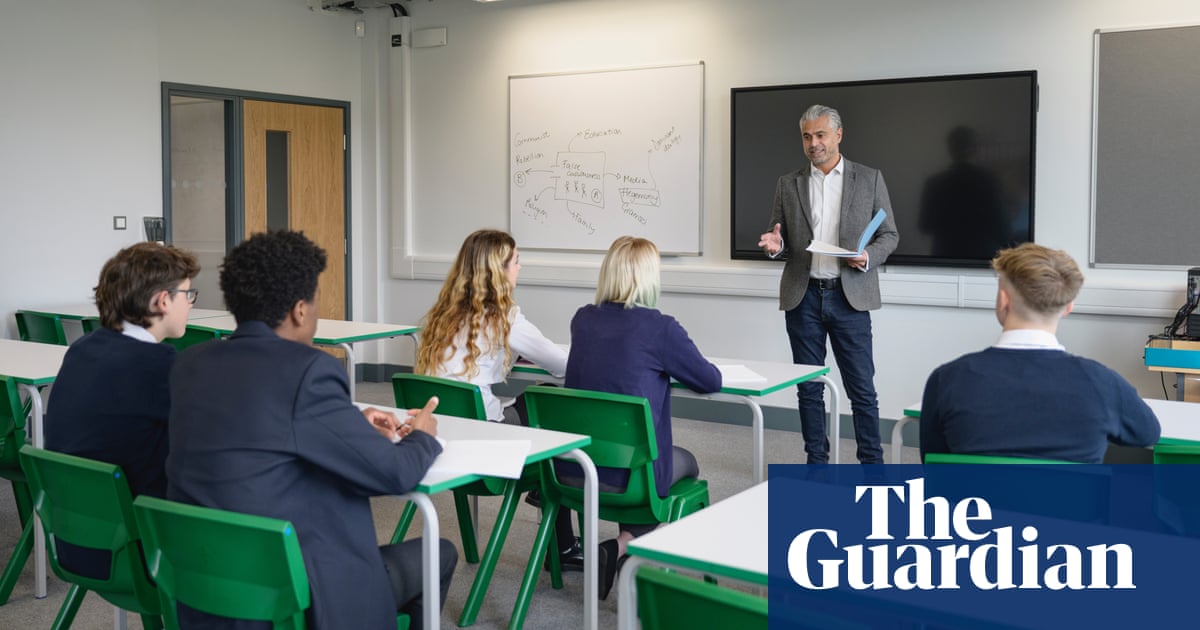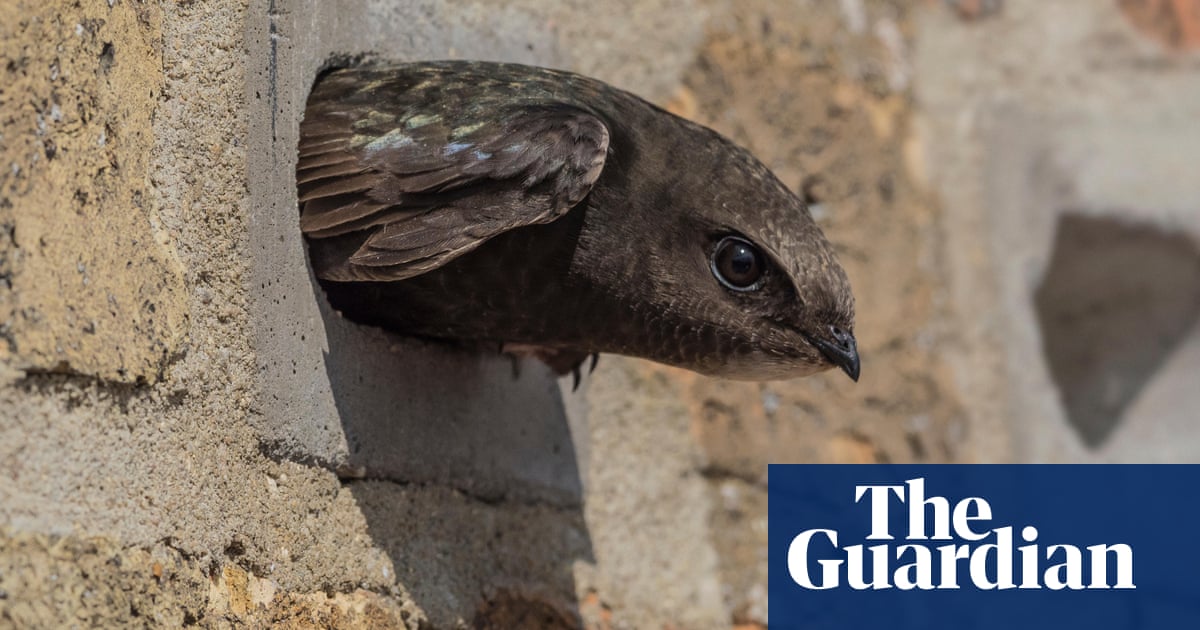
Children will learn about biodiversity and nature in schools, and perhaps gain new green spaces in the playground, thanks to a new partnership between the Royal Horticultural Society (RHS), the Natural History Museum (NHM) and the government.
The plan is for students to map out the biodiversity in their schools and add it to a nationwide database, as well as supporting teachers to develop curriculum-based climate education resources and lesson plans.
Schools without green space could be eligible for funding to create some for students to study.
The exact amount of funding has not yet been agreed, but a spokesperson for the Department for Education said there would be opportunities for a mix of government funding and corporate sponsorship.
Clare Matterson, the director general at the RHS, recently left her post at the NHM to join the horticulture charity.
She told the Guardian: “The national education nature parks will be open to all schools in England and we’ll be working hard with our partners to ensure accessibility is at its heart and that schools are provided with the support they say they need.
“This includes working with the Department for Education to explore grant-funding opportunities. We know from our existing work that for many children the school garden is their only touchpoint to nature, and we want to make sure it provides a stimulating and meaningful space for learning and skills development.”
There will also be a new award scheme available for schools which are particularly creative in teaching their pupils about biodiversity.
Matterson explained: “Schools will be invited to map, monitor and take action to enhance biodiversity on their school estate using a series of online resources and practical support, as well as a new award scheme that will recognise and celebrate the work being undertaken. That might include creating a pollinator corridor, installing a pond or planting hedging over fencing to help mitigate flooding in the school grounds.”
Scientists from the NHM will be working with schools to help create a biodiversity map across these green spaces, and analyse the data collected by students.
“As part of the project we will be mapping biodiversity on the school estate across England,” she said: “An area twice the size of Birmingham, it is likely to be home to all manner of plants, insects, birds and mammals.
“Our partner, the NHM is a leader in biodiversity research, with scientists working on projects to understand how human activity has changed biodiversity and developing tools to measure this change. This expertise will be brought to bear alongside geospatial mapping partner Esri, to enable schools to monitor and map biodiversity gains in their nature parks.”
But ultimately, creating green spaces in schools goes beyond lesson plans and recording wildlife.
It would be important for those schools which do not have existing green space to be supported in creating it, she said.
“It’s an experience rather than a lesson to be taught – be it sitting in a green space and taking a moment to experience the sights, smells and sounds of nature, getting your hands dirty planting seeds or doing some pond-dipping.
“At the RHS we are doubling down on efforts to get children growing for people and planet – expanding our grant funding programme for schools as part of the RHS campaign for school gardening, growing educational visits to our gardens, involving pupils in our practical science research, and hosting our first children’s picnic at next year’s RHS Chelsea flower show. We can’t afford to leave this group behind.”












